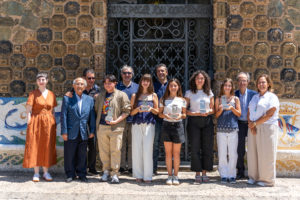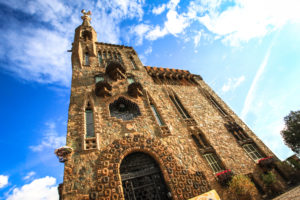The cypress is a tree of great longevity. Specimens with more than 1000 years are known. It is also a kind of perennial leaf, that is, of evergreen leaves, and very resistant wood. Planted in a row protects from the wind and withstands both cold and drought. To make matters worse, their roots grow very deep and do not damage the walls, which is why these trees are so used in gardens and near the temples.

Therefore, It is not strange that it is one of the main symbols of eternal life. In antiquity it was consecrated to Hades and Pluto, the gods of death, and, even today, it is a common attribute of cemeteries. At the same time, the cypress has been considered a symbol of hospitality. Aesculapius, the god of medicine, had a temple surrounded by cypresses. Its perfect verticality evokes, at the same time, health and moral rectitude. In the Christian tradition the cypress plays a prominent role. In addiction to the cedar, the cypress was used for the construction of Solomon’s temple and it is considered that Noah built the Ark with wood from this tree.
Endowed with such intense symbolism, it is not strange that we find representations of cypresses in various buildings by Gaudí, an authentic master of symbolism. The famous Gaudinian cross is inspired by the cypress cone (or galbulus), which, once it falls to the ground, opens in a similar way: four arms pointing to each cardinal point and a fifth pointing to the sky. In Bellesguard tower you can observe such a peculiar symbol, at the same time, in the garden, and at the tip of its spectacular pinnacle.




